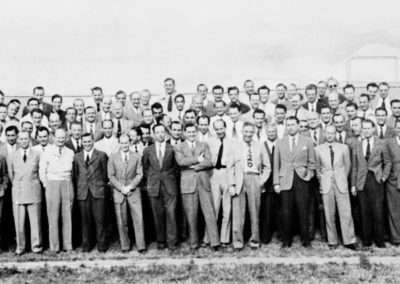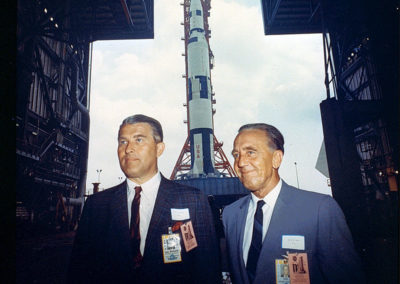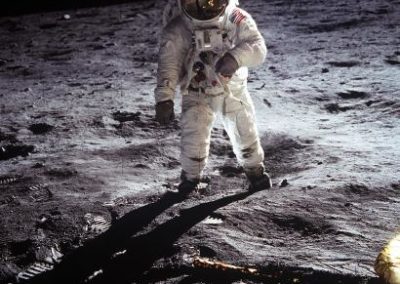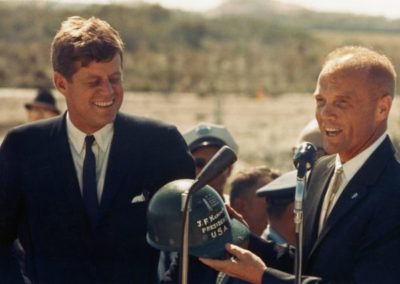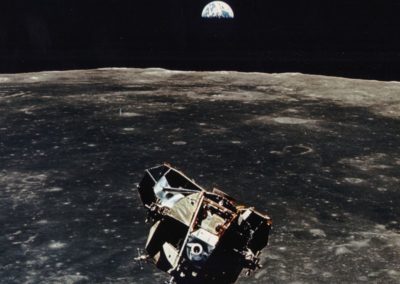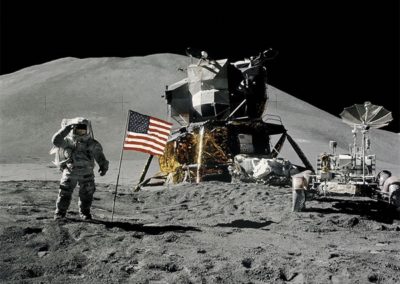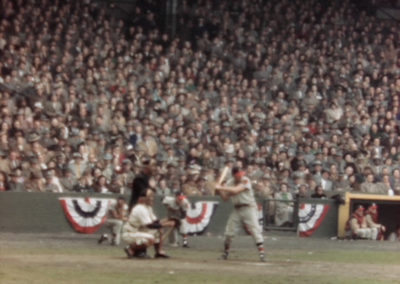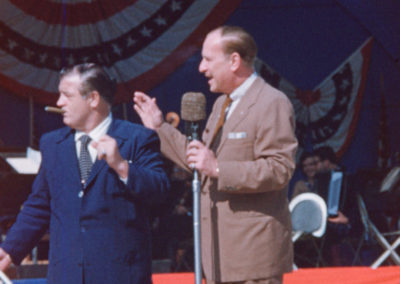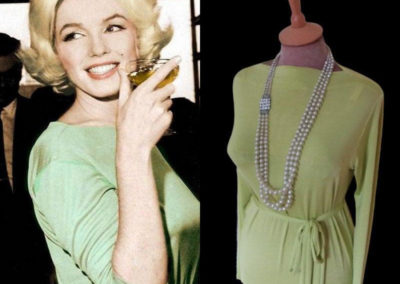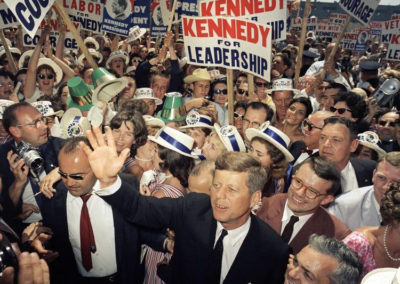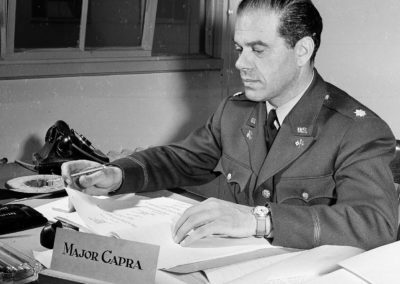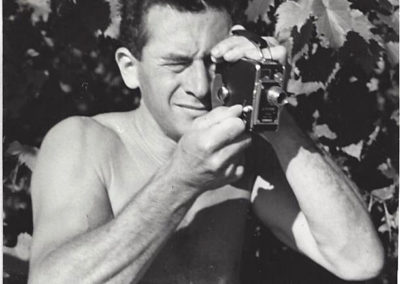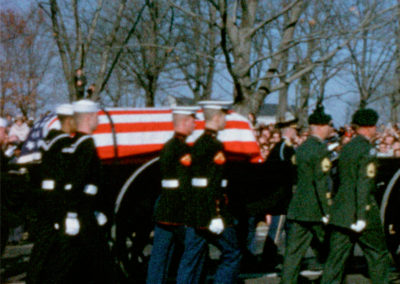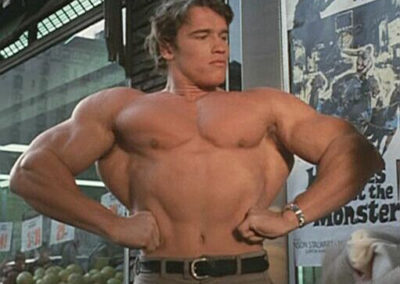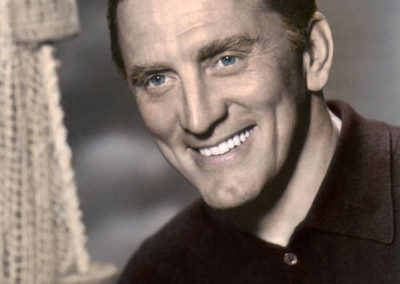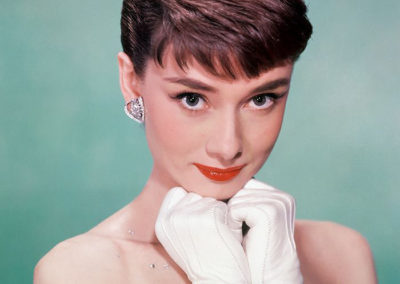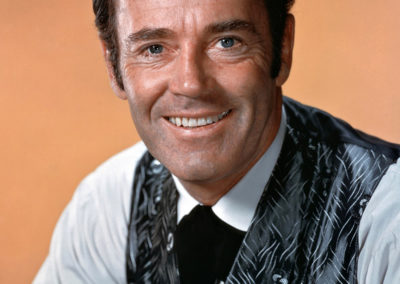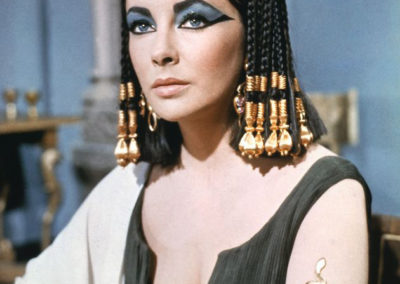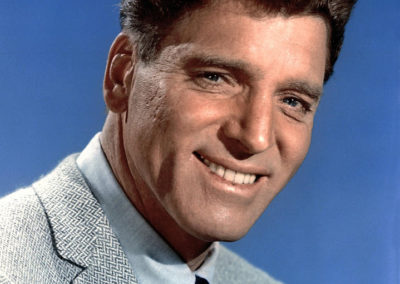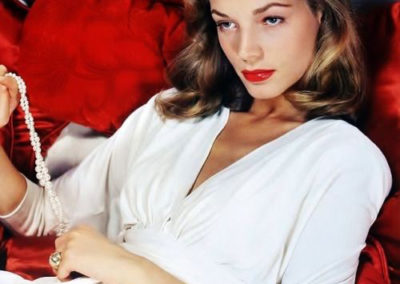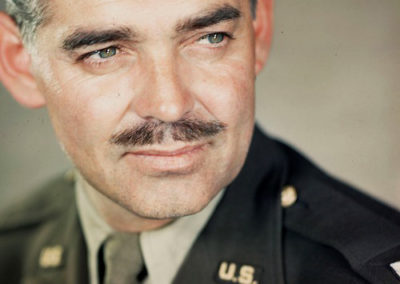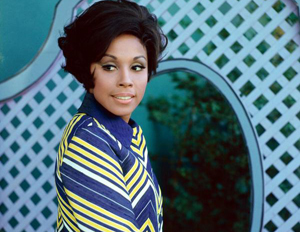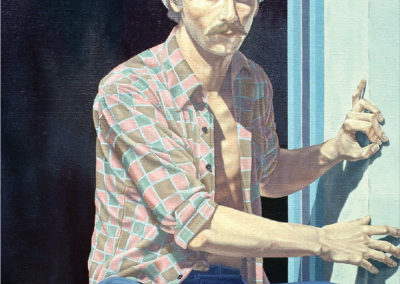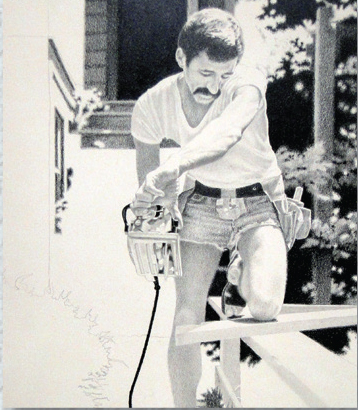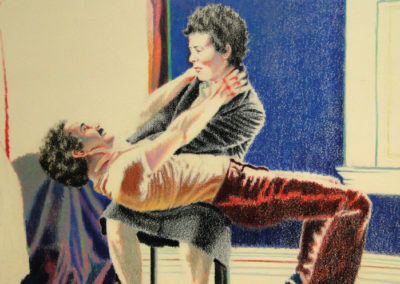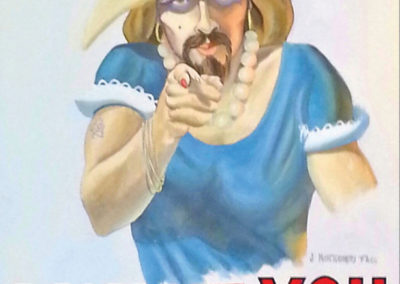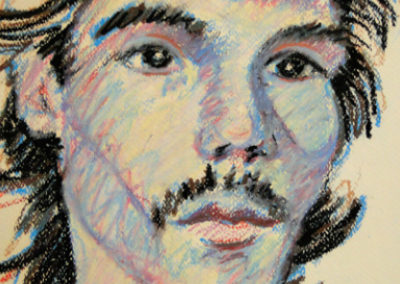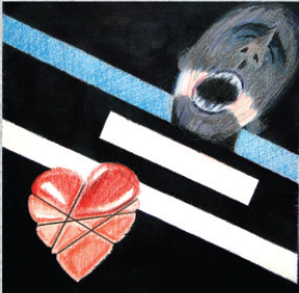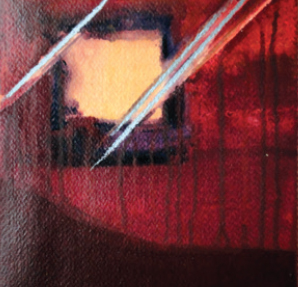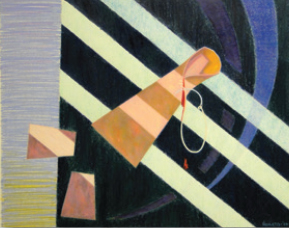Reaching for the Stars
___
Home Movies: An Intimate Look at Ourselves
A HISTORY OF HOME MOVIES AND WHY WE MAKE THEM
A Documentary Television Series Project
Before the camera was accessible to the general public, it was letters and postcards that tied people and families together. Letters from home gave soldiers in the field a connection to their loved ones halfway across the world.
When Eastman Kodak made photography simple, accessible and affordable to the world with their “Kodak” box camera, people began to include photos with their letters, showing those who were not “home” what life was like.
It wasn’t until 1923 when Eastman Kodak introduced 16mm cameras to the world, that people began to film their everyday experience. Home movies provided an amazing look into people’s lives and it was the first time that people could see themselves in a way that had until then been limited to the rich and famous in newsreels and commercial movies. Home movies became the unique documents of our lives, culture and history, and often are the only motion pictures available of important events in our lives and collective consciousness. Unlike commercial films, home movies have no agenda except to photograph and save special moments in the lives of the common people, and occasionally famous personalities from politics, sports, the movies, theater and music. In fact, it is the home movies of the famous that make us understand, better than anything, how much we are all the same in essential ways.
Our company is now editing a half-hour pilot for a planned documentary TV series, HOME MOVIES: An Intimate Look at Ourselves. The series will trace the history of home movies from their beginning to the present and illuminate the phenomenon that home movies became in the United States, and in other countries. The 13-episode series will include an episode for each decade of world history since 1923, with three special episodes, Hollywood Home Movies, The WWII Home Front and Preserving Home Movies. The show will look at race, socio-economic status, politics and events of each decade, and how life changed, improved or got worse for some, as the march of progress of the 20th century swept up all before it. It is through home movies that our images of ourselves have been formed, changed, used to sell merchandise and profoundly affected our sense of self and even self-worth.
Each episode of the show will be hosted by a well-known present-generation film, TV, music or sports personality, and feature interviews with film historians, archivists, the famous as well as people from everyday life, all talking about the amazing ability of home movies to capture the spirit of a time, place and everyday events that we all share.
Profits from the series will go to support all forms of film preservation projects, including the home movies preservation project being currently done by The Metro Theatre Center Foundation (which focuses on saving culturally and historically significant home movies) and other preservation projects being done at The Academy Film Archives, The UCLA Film and Television Archives, and The San Francisco Silent Film Festival and The Library of Congress.
We have acquired more than one million feet of home movies including never-before-seen 38 minutes of President John F. Kennedy (shown on NBC’s The Today Show), and the recently discovered footage of Ethel Merman in composer Irving Berlin’s “Annie Get Your Gun” on the Broadway stage during its original run, singing “There’s No Business Like Show Business.” The collection includes home movies of many of the greatest Hollywood, TV, music, sports and political legends, including Elvis, The Beatles, Marilyn Monroe, Jackie Robinson, US presidents and a stellar list of 20th century personalities too long to list.
___
Hooray for Hollywood!
Hooray for Hollywood is the true story of how a group of Jewish Immigrants from Eastern Europe, Germany and Russia, created a major industry based on their dreams of what life in America should be, and not what it was. As with all immigrants, these men came here full of dreams of a great new life but they had to work very hard to create opportunities for themselves and their families in a country where anti-Semitism was strong. But they found a niche that nobody seemed to be interested in, certainly not the Wasp establishment, a struggling new art form that we have come to call “the movies.” They fought for every inch of their dream country, and in fact, their films represented an America that didn’t exist. Because of their films which portray and idealized America, America was transformed in just a short time to conform to this dream version of itself. Dream became reality. This ragtag collection of Jewish businessmen with a dream created an empire of their own. Hollywood.
Their names are not known to most members of the public, but if you ask anyone in the film industry who they are, they will know the names: William Fox, Adolph Zukor, Samuel Goldwyn, Louis B. Mayer, Harry and Jack Warner, Harry Cohn and Carl Laemmle. Hollywood, the town that manufactured the American dream, was the invention of these men. They built 20th Century Fox, Paramount Pictures, Metro-Goldwyn-Mayer,
Warner Brothers, Columbia Pictures and Universal Pictures – studio names that everyone knows. But the stories of these men are largely unknown by the audiences who regularly enjoy the work that continues to be created at the studios these men built.
They went from running storefront movie shows to Nickelodeons and soon went into production of their own films. It was very early in the history of cinema that many of them fled to Los Angeles, to escape the bad winter weather and the Thomas Edison “enforcers” because these men were not part of the so-called Patents Trust that licensed the use of film cameras by Edison and his associates. Los Angeles had 300 days of sun, and since many early films were shot using sunlight instead of artificial light, LA was the perfect place for these pioneers to begin the building of their dream studios. In the space of just a few years, these men had created an industry, complete with stars, distribution, and complete control. Each one was a king of his own studio, and they ruled their kingdoms with a strong hand, and created a Golden Age in Hollywood.
This film will trace the beginnings, until the end of that golden age when these studio moguls could no longer run their empires, or ran into financial difficulties, and had to sell or lose their studios to corporate interests. As times changed, in the mid to late sixties, a new kind of filmmaking began, that of the independents who tackled subjects that reflected the changing world, and especially an America in conflict. But the legacy of these great founders of an industry continues with the libraries of films they created during their reign, films that we continue to enjoy today, and about which future generations will say, “we’re so glad these films are here for us to enjoy all these years after they were made.” Even to this day the American values defined by the movies made by these Jewish entrepreneurs endures in American life, culture and cinema. Their invention, Hollywood, has dominated worldwide moviemaking for more than 120 years, and continues to this day. This is the exhilarating story of Hooray for Hollywood.
___
This Was George
A documentary by Ron Merk
It’s strange how someone comes to mind, long after they’re gone. I hadn’t thought about my late, great friend, George Vasilatos, for a while. Then I realized that the 20th anniversary of his premature passing is upon me, and I decided it was time to complete a film that I began just after his death. There was no service or saying goodbye. He had only a few close friends, and elderly parents whom I had never met. So, I decided to visit each of them with my (then HI-8) video camera and record their thoughts about George.
What was very surprising is that each one of George’s friends knew him in a different way, perhaps as a different person. To say that George was “complicated” would be an understatement. But he was one of the most supremely talented artists I’ve ever known in my lifetime. I graduated from a special high school in Newark, New Jersey, where students could major in art or music. Despite the fact that I could not draw a straight line with a ruler, I choose art. At least I had a good eye for composition, thanks to years of taking a still or movie camera with me wherever I went.
So, focusing on George ex-post-facto was a real challenge, but one in which I would be undaunted. Now that twenty years has passed, I want to make sure that George finally gets an exhibition in his beloved San Francisco, and will do my best to gather all his art from friends and family, and my home. I’m planning to invite everyone, and re-interview them. But I’m not expecting any revelations that will clarify who George was. The more I look at his paintings, the more I realize that the work he created, the images that came from his brain, emotions and his amazing hands, that this was George. George was truly a great artist, one who was not recognized in his lifetime, which is a great tragedy. But his artwork lives, and reminds us that he passed our way, and we are all richer for it.
Running Time: 26 minutes
English


